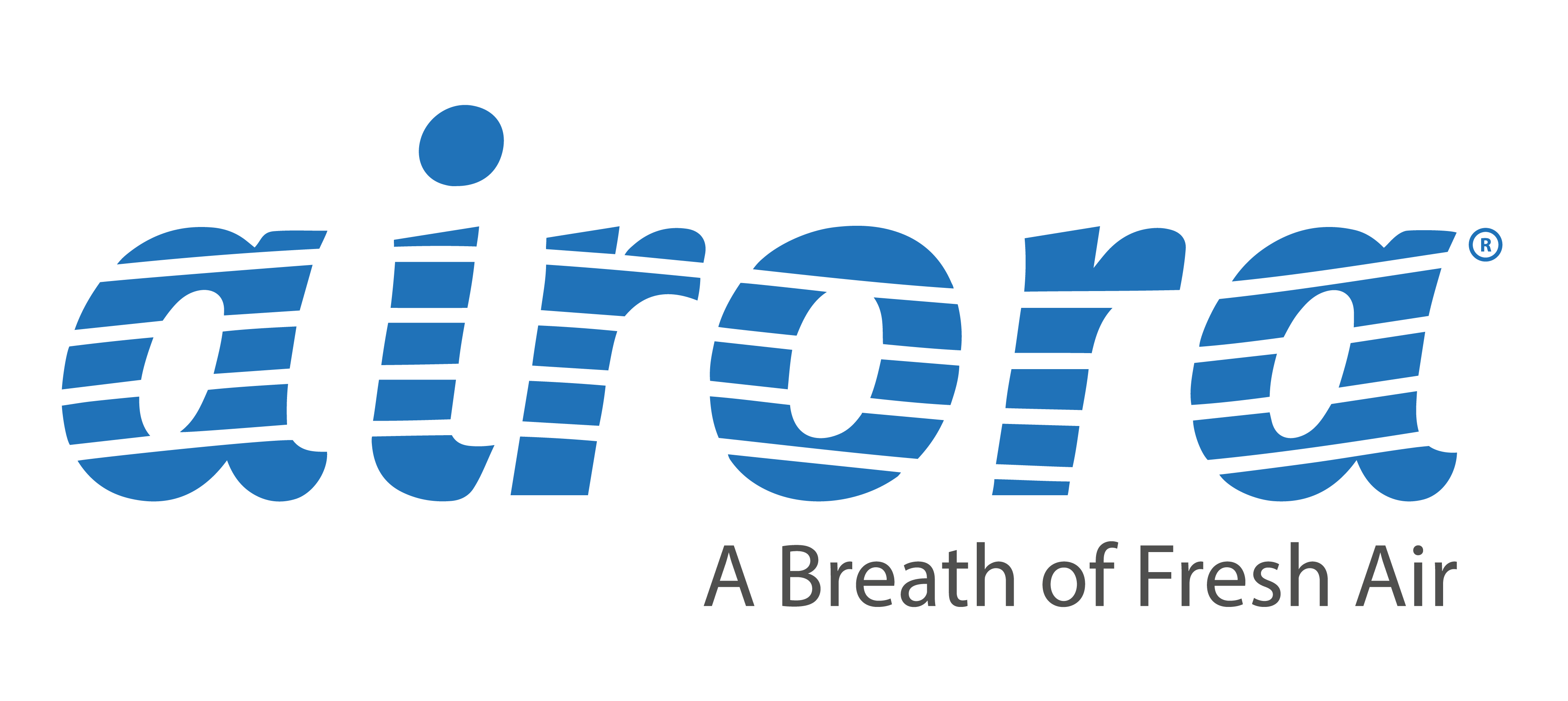Matching Indoors to Outdoors
|
|
|
Not all hydroxyls are created equal
By the turn of the 20th century, by persistently focussing on advances at the intersection of atmospheric chemistry, microbiology and aerobiology Airora’s inventor determined that the germicidal effect of outdoor air was a result of a particular subset of hydroxyl radicals that are created in a particular way, such that they became a powerful targeted germicide.
There are multiple sources of hydroxyls in outdoor air. The most common daytime source being a photochemical reaction which creates randomly dispersed hydroxyls. However, another significant source is the natural 24 hour outdoor reaction of ozone with aromatic essential oils emitted from plants[1].
The defining feature of this second source is that the underlying cascade reaction condenses, and has a strong propensity to occur on surfaces, including the surfaces of particles such as harmful viruses, bacteria and moulds[2].
While statistical models had concluded that the simple random collisions between hydroxyls and pathogens were insufficiently frequent to be the source of outdoor germicidal effects, the inventor of Airora recognised that it is the subset of hydroxyls created from this condensing reaction, at the very surface of viruses, bacteria and moulds, which target the hydroxyls and make them such a powerful outdoor germicide.
Mirroring outdoor concentrations indoors
In developing Airora’s unique technology, which increases hydroxyl concentrations indoors to those typically found outdoors in daylight hours, the key was firstly to determine what a ‘typical outdoor’ level is.
The concentration of hydroxyls in the lower atmosphere has been determined to generally lie between 0.5x106 per cm3 and 5x106 per cm3[3] depending on many factors, including time of day, humidity, temperature, season etc.[4]. In general, the concentration is lowest at the poles and highest at the equator.
In some circumstances the concentration of hydroxyl radicals in the lower atmosphere can be as high as 20x106 per cm3[5] without there being any evidence that this is harmful for life on earth.
Airora’s developers decided to fall well within the general range by targeting output in the range of 1 to 3x106 per cm3 with a focus on 2x106 per cm3. Performance within this range varies a little in terms of the time taken to inactivate pathogens, but the outcome over time is very similar.
For anyone who has concerns as regards the level of hydroxyls created by Airora throughout an indoor space, this target level is only 10% of the maximum that occurs naturally outdoors.
Measuring hydroxyl concentration indoors
Measuring indoor hydroxyl concentration is however not easy, and so the developers turned to both the UK’s National Health and Safety Laboratory (HSL) and Leeds University Atmospheric Chemistry Group and to cross check measurements using different measurement techniques and then calibrate the Hydroxyl Diffuser technology.
The HSL approach to measuring indoor airborne hydroxyl concentration was to employ a trapping method based on that of Chen and Mopper[6] and that of Leeds University used low pressure laser-induced fluorescence (LIF) spectroscopy, known in the atmospheric measurement community as the FAGE (Fluorescence Assay by Gas Expansion)[7].
Matching the indoor hydroxyl concentration to outdoors
Following detailed experimentation, the developers determined that the quantity of essential oil and ozone necessary to create the required hydroxyl concentration was fortunately very low, well below any cautionary, advisory or regulatory limits.
In fact, by employing the latest sensor technology, the Hydroxyl Diffuser can monitor the air quality in real time and dynamically adjust its outputs to ensure that, where pre-existing background ozone levels are found to be too high, the resultant level falls to well within all advisory and regulatory limits.
You can find out all about Airora at airora.com
And contact us at support@airora.com
References
- Geyer A, Bächmann K et al. (Jan 2003) “Nighttime formation of peroxy and hydroxyl radicals during the BERLIOZ campaign: Observations and modelling studies”. Journal of Geophysical Research: Atmospheres
- Dark FA, Nash T “Comparative toxicity of various ozonized olefins to bacteria suspended in air” Journal of Hygiene 1970
- Hewitt CN, Harrison RM (1985) “Tropospheric concentrations of the hydroxyl radical—a review”. Atmospheric Environment (1967) Volume 19, Issue 4, 1985, Pages 545-554
- NASA (December 2018) “Detergent-like Molecule Recycles Itself in Atmosphere” https://earthobservatory.nasa.gov/images/144358/detergent-like-molecule-recycles-itself-in-atmosphere 17/06/2023
- ESPERE Climate Encyclopaedia – www.espere.net - Lower Atmosphere More - page 3
- X. Chen and K. Mopper, 2000 Determination of tropospheric hydroxyl radical by liquid phase scrubbing and HPLC: preliminary results Journal of Atmospheric Chemistry, 36, p 81-105.
- D. E. Heard, “Atmospheric field measurements of the hydroxyl radical using laser induced fluorescence spectroscopy”, invited review in Annual Review of Physical Chemistry, 57, 191-216 (2006).
Copyright Airora 2024 V 1.0
